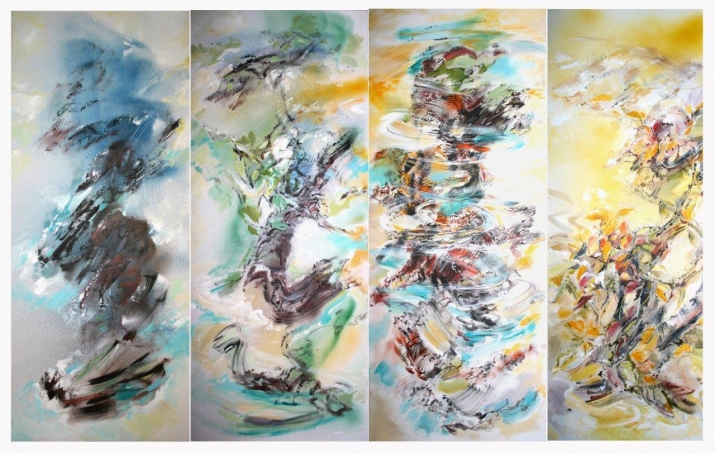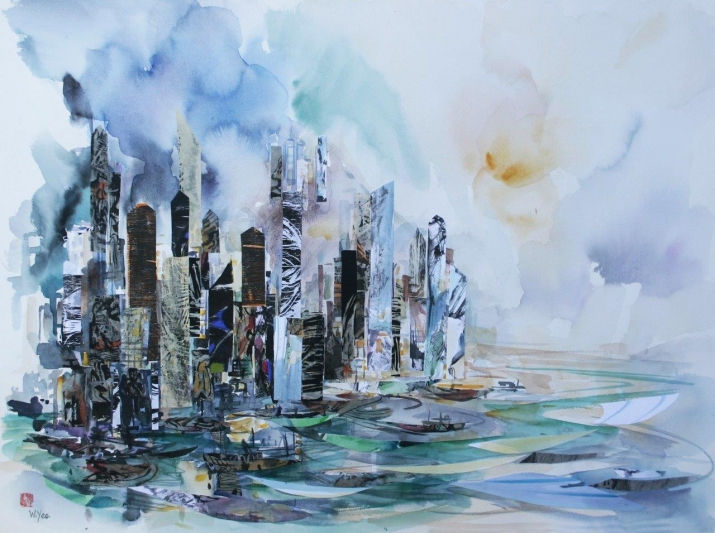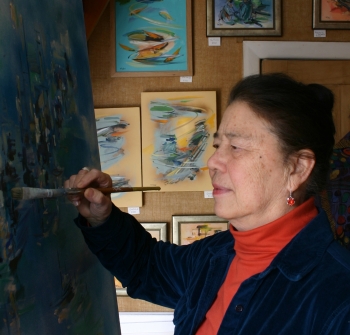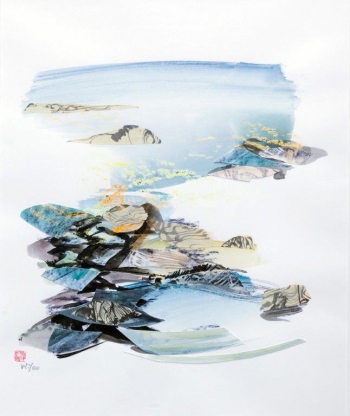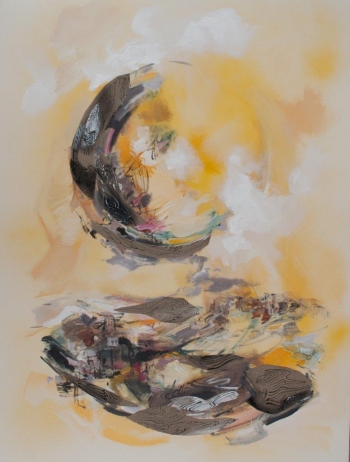When she's in Hong Kong, the media prefer to ask her about her family and her grandmother, Lady Clara Ho Tung. But Wendy enjoys sharing her love of art more. “I have always been passionate about art. I really started painting as early as my memory goes back, at about four years old. It was a way of expression,” she told me. “I carried on drawing and painting all through my school days as a recreation, just as some people would go to their piano or other musical instrument, or play football, although I loved outdoor games as well.”
Her parents regarded art as a hobby, and Wendy focused her academic studies on the pursuit of a profession that was respectable in Hong Kong society, in this case that of a doctor. “However, I became more and more involved in painting, and my parents made it possible for me to have lessons in traditional Chinese painting,” she explained. This was when she also learned Chinese calligraphy, and where her true interests thrived.
“I did a lot of watercolour painting, all the time using the Chinese brush. When it came time to go to university my parents thought that architecture would be nearer to art than a science degree, so I started architecture at The University of Hong Kong. Alongside my university studies I continued to paint a lot. I joined the Hong Kong Art Club and put several paintings in the annual exhibition in 1955—the first time my paintings had been exhibited.”
It so happened that a well-established artist, Madeleine Pearson, had come to Hong Kong from London. She was in the former British colony to explore art education, and encountered Wendy’s work at the exhibition. “She seemed really keen on my paintings, and managed to seek out my parents. She was a very strong and impressive lady, and told my parents that I should really become a painter and that the architecture training would ruin my art!” recalled Wendy. “They were very reluctant for me to give up my architecture course to study art instead. However, Madeleine Pearson was so determined and persuasive that they agreed to send me to England to study art, but only if I was accepted in the best art school in London. I remember being very excited but anxious at the time, as that would be my dream come true.”
Wendy applied to a couple of art schools at the same time, sending relevant work in portfolios. In the end, the Slade School of Fine Art at The University of London accepted her on the strength of her selection and sure enough, her aspiration was realized.
She graduated after three years at the Slade. “I was fortunate to have won various prizes at the time,” she said. She was also awarded a traveling scholarship for a postgraduate year, and credits this particular bursary for inspiring her for further journeys and overseas exhibitions. “During my traveling
